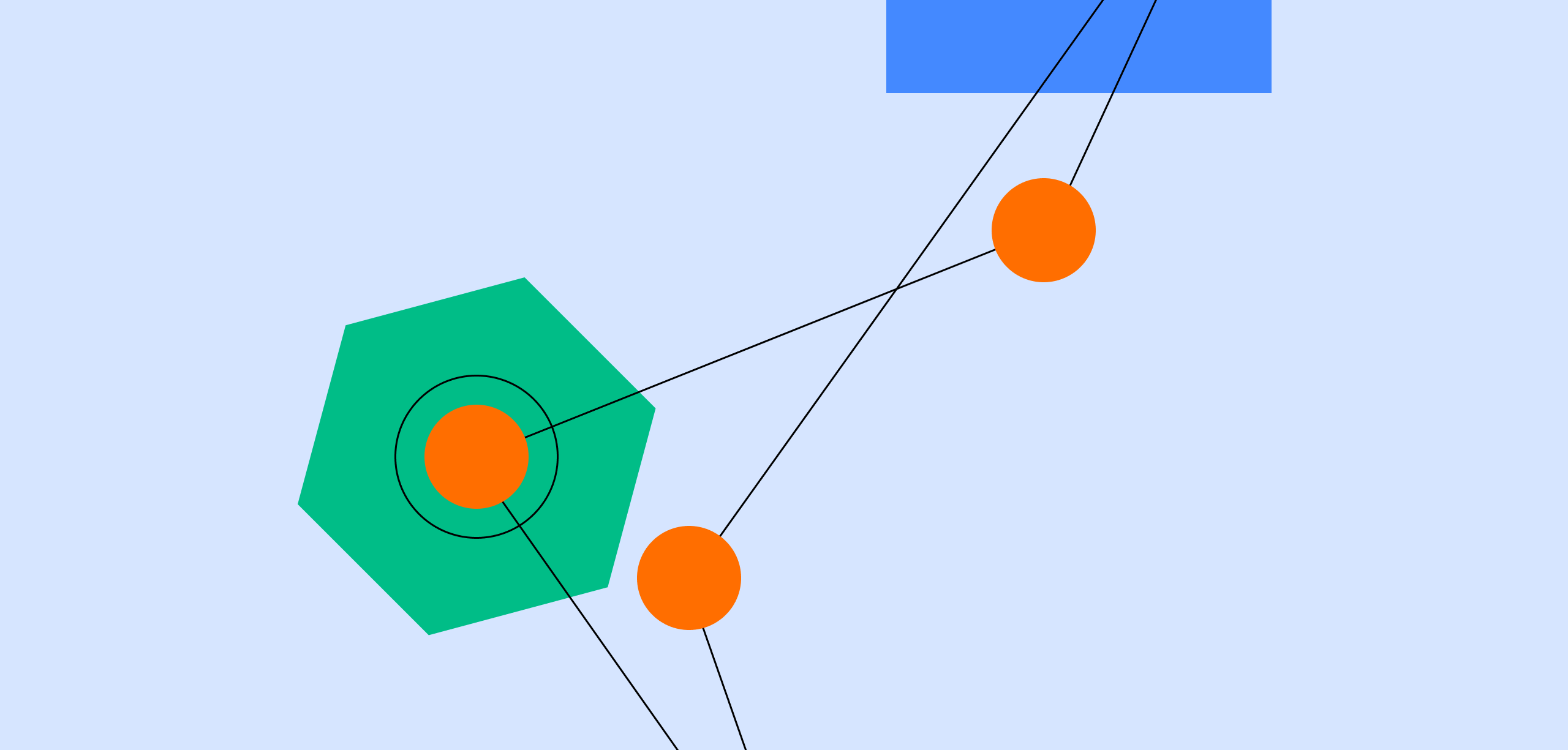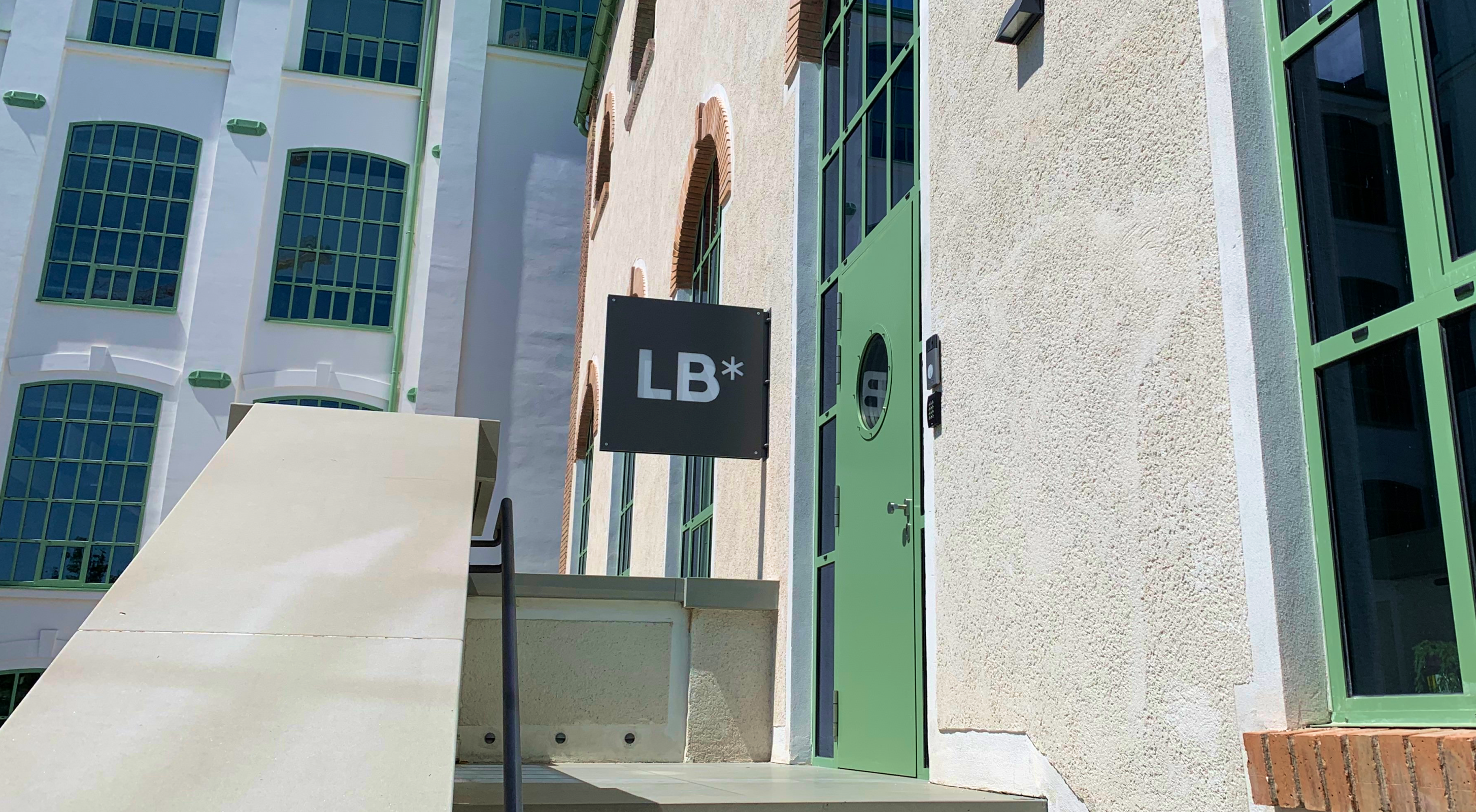Eye-tracking is a behavioral research method that uses special technology to monitor eye movements. This recording is then converted into data about human behavior, which helps us understand how users interact with a specific interface. Whether digital, such as websites, software, or applications, or physical, such as advertising flyers or spatial navigation.
In retail, eye-tracking analyzes how customers scan shelves with their gaze. Based on this, a brand can design better packaging or placement of its product. In outdoor advertising, it determines whether people even notice a billboard and what they manage to read from it. In some cars, eye-tracking is used for driver monitoring. The technology tracks whether the driver is looking at the road, not checking their phone, or is at risk of microsleep, and in case of danger, the car can intervene by triggering an alert, slowing down, or making slight steering corrections.
The outputs of eye-tracking research can vary – it depends on what you want to find out based on the posed hypothesis and research goal.
Heatmaps provide a visual representation of parts that attract the most attention on a page.
Scanpath, i.e., tracking eye movement paths, helps find common patterns in participants viewing and the sequence of how they browse the page.
Video with gaze visualization on the tested interface can offer additional helpful insights.
Based on recurring behavioral patterns, eye-tracking can reveal specific improvement opportunities: for example, better placement of conversion buttons, clearer arrangement of elements in an application, or position of additional services in the shopping cart.
Eye-tracking simply shows everything that users subconsciously perceive, but often cannot express in words during usability testing.
When is it appropriate to use eye-tracking?
Eye-tracking is a valuable method especially for projects where you need to test complex interfaces and determine users' natural visual movement. The best examples are various dashboards, e-commerce solutions, or robust applications. Eye-tracking will help you discover whether users see important elements and necessary information at first glance, or conversely, whether they overlook them.
It can also be useful if you want to test the first impression and visual hierarchy of a digital solution. With eye-tracking, you'll find out where users' gaze naturally goes and easily verify whether the content layout is functional. That's why it's often used as a supplement to user testing to verify and refine data.
A third important example is testing products or pages with high business impact or risk, or critical call-to-action (CTA) elements. With complex designs, even a small change in layout can significantly affect customer retention and conversion. Eye-tracking is extremely useful, for example, for campaign landing pages focused on conversion or when optimizing the purchasing journey.
Thanks to eye-tracking, you can also precisely identify places where confusion or distraction occurs and find the specific point where the customer abandons the process. You'll better understand what causes this pain point, why the customer has a barrier to continue purchasing or complete the required action.
When not to use eye-tracking?
If the project goal is not clearly defined, eye-tracking can lead to inefficient use of resources. You must account for limitations such as time-consuming evaluation, possible technical complications, or higher budget compared to other methods.
Using eye-tracking may not be suitable if you need a cost-effective solution or quick testing. The problem can be solved by methods that require fewer respondents and shorter time for data analysis.
Alternatives include usability testing and behavior observation, which can reveal similar, though less detailed, insights about how users interact with digital products. Web analytics tools like Hotjar capture user interactions without the need for special hardware, while Google Analytics provides detailed data on visitor behavior.
Hotjar heatmaps are often confused with eye-tracking heatmaps, although there is a fundamental difference in data sources between them. While Hotjar analyzes mouse movements and clicks on a website, eye-tracking monitors direct eye movements of the user. Heatmaps from Hotjar are less accurate and can only estimate visual attention based on cursor movements, but they are easily implementable and cost-accessible for most projects.
Examples of eye-tracking use
At Lighting Beetle*, we conduct eye-tracking research to achieve various goals. We use an eye-tracker from Tobii, which is a leader in eye-tracking technology.
Telekom approached us with the goal of increasing sales of offered products, improving website usability and information structure of individual pages. Eye-tracking data helped us supplement and verify findings from previous usability testing. Based on heatmap and scanpath findings, we developed a prototype incorporating proposed changes, which was then validated through user testing.
For ČSOB, we verified the flow of a new customer journey when opening a business account. User testing using an eye-tracker helped us discover that the onboarding process is long and unclear in some places. Similar to the previous case, the outputs were heatmaps and video with eye movement on the tested product. Eye-tracking revealed, for example, which key texts customers didn't pay attention to at all during the purchasing process. We provided the bank with a series of recommendations for improving the onboarding process.
What to consider when choosing eye-tracking
With an eye-tracker, you can reveal unconscious user interactions and hidden problems of digital products, especially with complex interfaces. It helps verify visual hierarchy and critical points in purchasing journeys. However, it's not suitable if you need to make design decisions for your product quickly and with a small budget.
Eye-tracking requires time and budget, but can be very beneficial for critical interfaces. Decide based on how big an impact well-verified design will have on your business performance. It's a worthwhile investment in cases where you have a user flow that brings a large portion of profit or high conversion rates.

